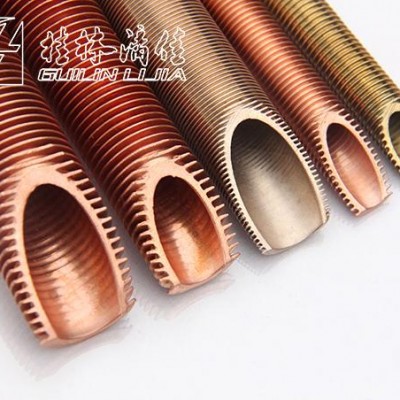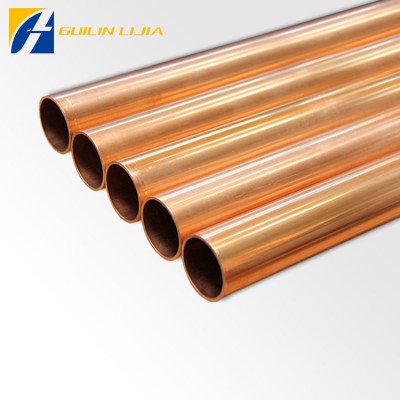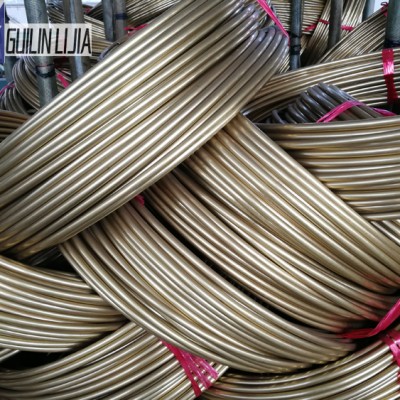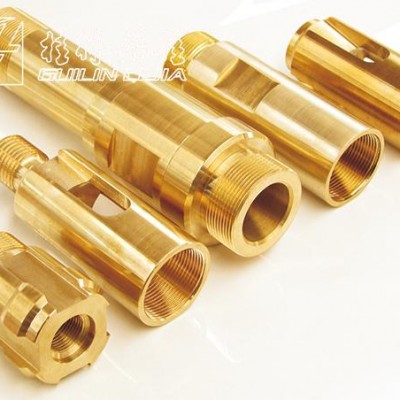Whether the copper casting meets the quality requirements requires a rigorous inspection process. Only when all aspects meet the requirements can it be considered a qualified product. This work mainly includes the following aspects:
The first is about the surface quality inspection of copper castings. 5B test, salt spray test, and UV resistance test must be done; if the threads on the casting, you must use a fixture to process, and a high precision tapping machine is a good choice. After the processing is completed, special thread stop gauges and thread calipers should be used to check the compliance of the threads. If the casting will be relatively stressed in actual use, the tensile strength test and elongation test must be performed before this.
The second is the inspection of the shape and size of the copper castings. If the requirements are not strict, only the flatness inspection is required. If the casting is to be used as a high-precision part, the inspection of flatness, parallelism, straightness, runout, coaxiality, and azimuth is not indispensable.






